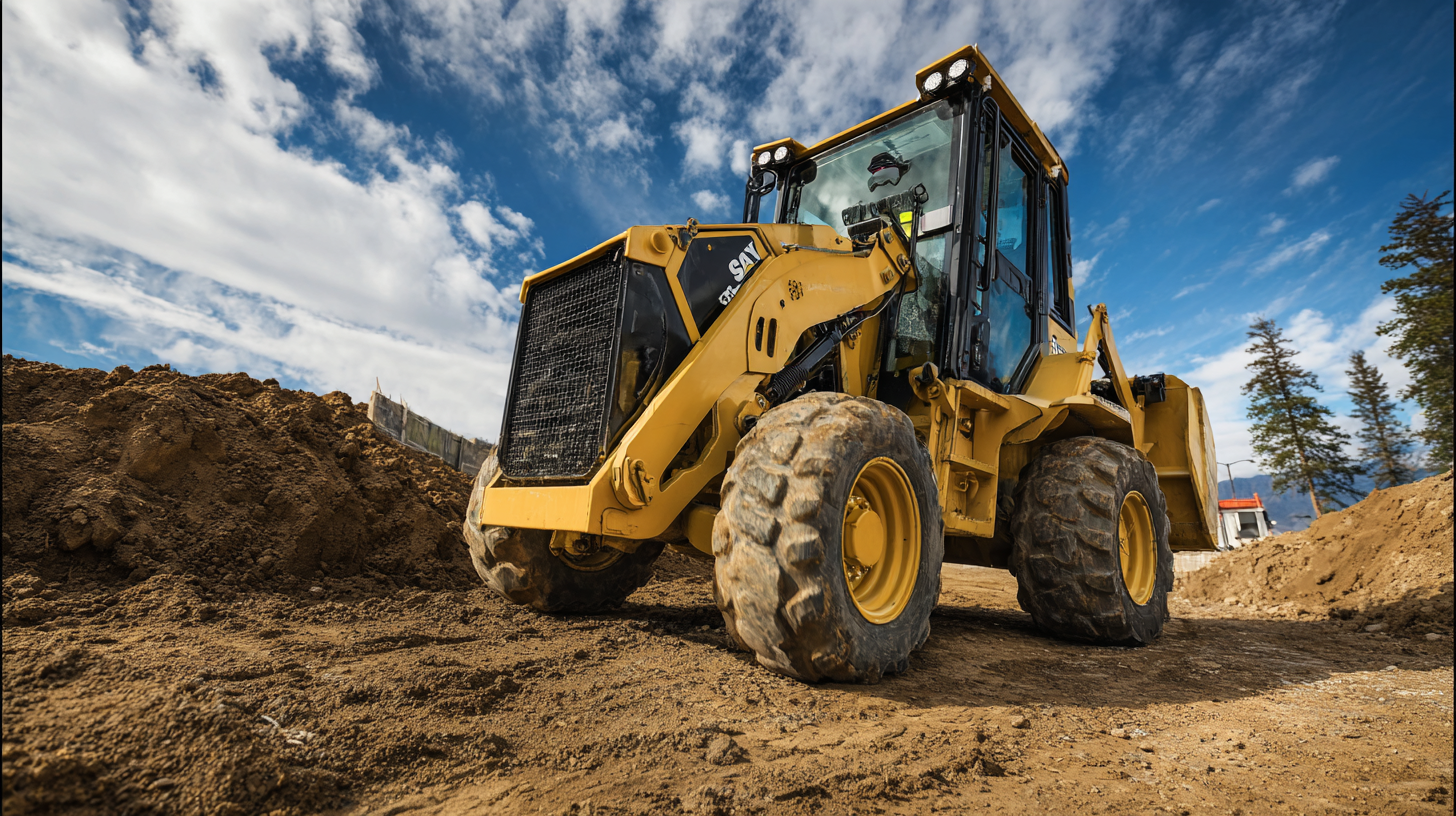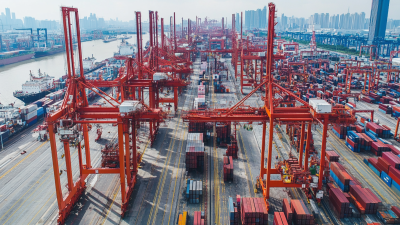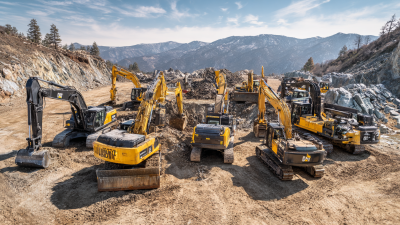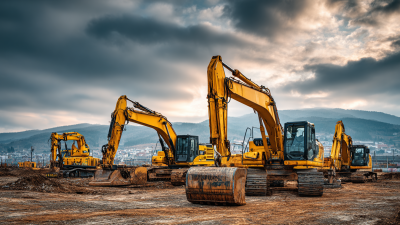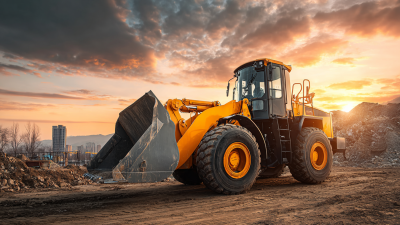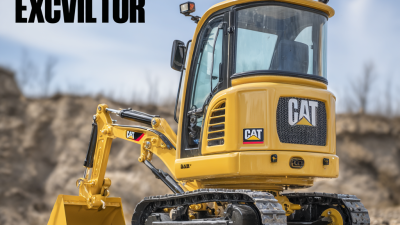Leave Your Message
- Phone
- E-mail
- Whatsapp
Choosing the right equipment for your construction projects is crucial for maximizing efficiency and productivity. When it comes to reliable and versatile machinery, Sany Skid Steers stand out as an excellent option for a wide range of tasks.
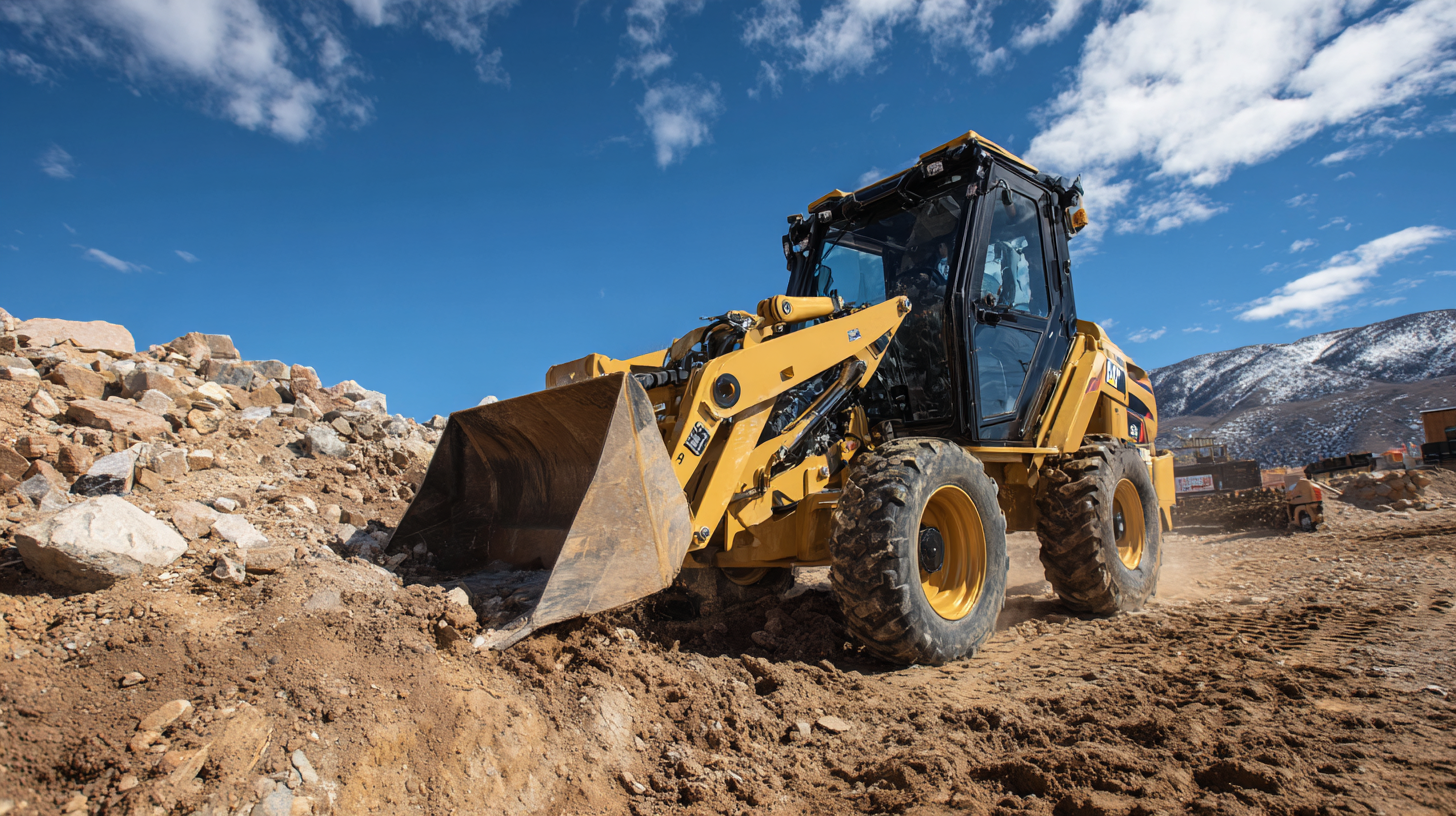 These compact and powerful machines offer flexibility on the job site, making them ideal for landscaping, demolition, and material handling. However, with various models and specifications available, the process of selecting the perfect Sany Skid Steer can be daunting.
These compact and powerful machines offer flexibility on the job site, making them ideal for landscaping, demolition, and material handling. However, with various models and specifications available, the process of selecting the perfect Sany Skid Steer can be daunting.
Understanding your project requirements, terrain conditions, and intended applications will help you make an informed decision. In this guide, we will explore key considerations and features to look for while choosing the right Sany Skid Steer, ensuring that you select a machine that aligns with your construction needs and enhances your overall project outcome.
When selecting the right skid steer for construction projects, understanding the various models and their specifications is crucial. Recent industry reports indicate that medium-frame skid-steer loaders are increasingly popular among North American customers due to their versatile performance and efficiency. With many manufacturers introducing new platforms tailored to regional needs, these machines can better handle diverse job requirements. Notably, models equipped with higher horsepower engines, such as those providing around 118 hp, offer enhanced power for demanding tasks in construction, landscaping, and material handling.
Additionally, matching the skid steer with suitable attachments significantly impacts its effectiveness. For instance, mulchers are gaining traction as essential attachments for land clearing, provided the skid steer is appropriately equipped to handle the weight and power requirements. Industry experts recommend pairing these machines with specific features, such as advanced stability systems and operator-friendly controls, to maximize safety and productivity. As manufacturers continue to innovate, keeping abreast of the latest advancements and specifications can guide purchasing decisions that align with specific project needs and enhance overall operational efficiency.
When selecting the right Sany skid steer for your construction projects, understanding load capacity and tipping load is paramount. Load capacity refers to the maximum weight a skid steer can safely lift and carry without risking damage to the machine or injury to the operator. It is crucial to assess your specific tasks—whether you're lifting heavy materials or maneuvering in tight spaces—because these factors dictate the machine's suitability for your project.
Tipping load is another essential metric to consider, as it defines the maximum weight that can be safely lifted before the skid steer risks tipping over. A higher tipping load generally indicates a more stable machine, which is vital when operating on uneven terrain. When evaluating different models, take note of both the load capacity and tipping load, as they will directly impact performance and safety on the job site. By carefully analyzing these metrics, you can choose a Sany skid steer that not only meets your project's demands but also operates within safe limits.
When selecting the right Sany skid steer for your construction projects, evaluating engine power and fuel efficiency is crucial for achieving cost-effective operations. Engine power not only dictates the performance of the machine but also its ability to handle various attachments and the demands of different job sites. Models equipped with powerful engines generally provide better torque, facilitating easier handling of heavy loads and enhancing overall productivity. In addition, advancements, such as those seen in Tier 4 compliant machines, offer improved performance while adhering to stricter emissions standards, thereby ensuring both power and sustainability.
Fuel efficiency is another critical factor in the decision-making process. Skid steers that consume less fuel can significantly reduce operational costs over time. As the construction industry shifts towards more sustainable practices, the demand for machines that balance power with fuel efficiency is increasing. Electric options are also gaining traction, promising lower operating costs and reduced emissions. By assessing both engine power and fuel efficiency, operators can select a skid steer that meets their operational needs while also being mindful of their budget and environmental impact.
| Model | Engine Power (HP) | Fuel Efficiency (GPH) | Operating Weight (lbs) | Lift Capacity (lbs) | Cost ($) |
|---|---|---|---|---|---|
| Model A | 50 HP | 0.5 GPH | 3500 lbs | 1500 lbs | $40,000 |
| Model B | 60 HP | 0.6 GPH | 4000 lbs | 1800 lbs | $45,000 |
| Model C | 70 HP | 0.7 GPH | 4500 lbs | 2000 lbs | $50,000 |
| Model D | 80 HP | 0.8 GPH | 5000 lbs | 2200 lbs | $55,000 |
When selecting the right Sany skid steer for your construction projects, assessing the compatibility of attachments is crucial for maximizing versatility and productivity. Sany skid steers offer a wide range of attachments, from buckets to augers, which can significantly enhance the machine's functionality. It's essential to consider the types of tasks you intend to perform and choose attachments that suit your specific needs.
Tips: Before purchasing, check the hydraulic flow rates and power requirements of the attachments to ensure they are compatible with your Sany skid steer. Additionally, consider the ease of changing attachments; a quick coupler feature can save valuable time on the job site.
Understanding the specifications of each attachment will help in making informed decisions. Take time to evaluate whether the attachments you choose are designed for heavy-duty use or if they are more suited for lighter tasks. This assessment will help you select a skid steer that not only meets your current project requirements but also adapts to future demands.
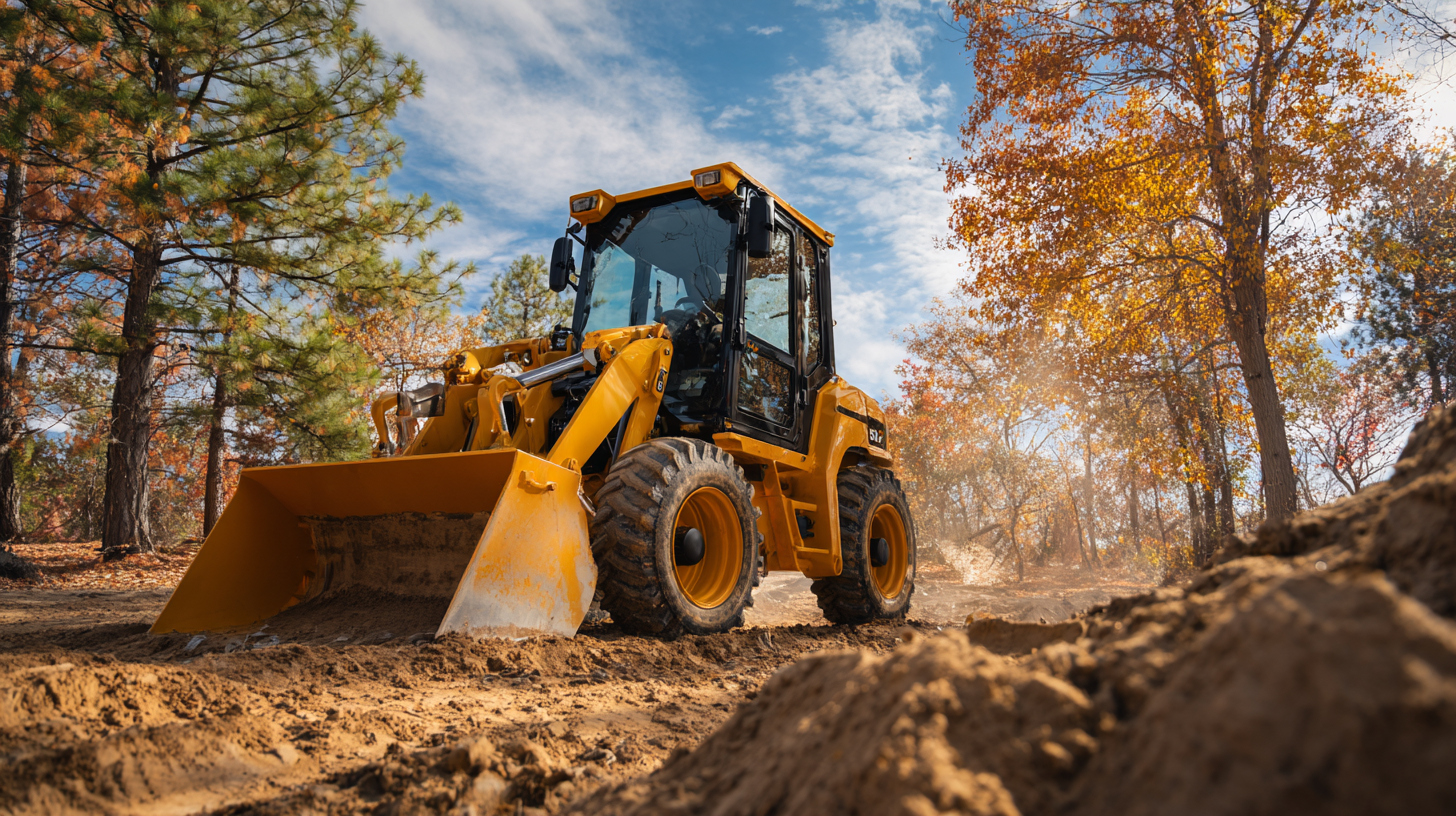
When selecting a Sany skid steer for construction projects, understanding maintenance requirements is crucial to ensure operational longevity. According to a 2022 report by EquipmentWatch, regular maintenance can ensure that equipment operates efficiently up to 15% longer than those that are neglected. Sany skid steers are designed with ease of maintenance in mind, featuring easily accessible service points that can significantly reduce downtime during routine checks. Operators can take advantage of Sany's robust support network, which provides aftermarket service plans to help manage maintenance schedules effectively.
Operational longevity is heavily influenced by factors such as usage patterns and starting maintenance protocols. A study published by Construction Equipment in 2023 emphasizes that machines that undergo preventative maintenance can experience a life cycle extension of up to 30%, allowing for a better return on investment. Sany's skid steers incorporate high-quality components, which contribute to their durability and resilience on demanding construction sites. Choosing the right model, supported by a committed maintenance regime, can lead to optimal performance and longevity, ultimately enhancing the success of construction projects.
